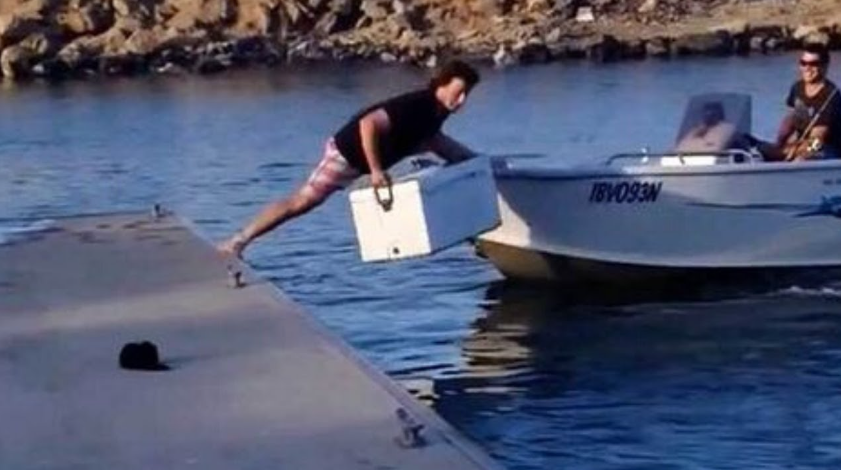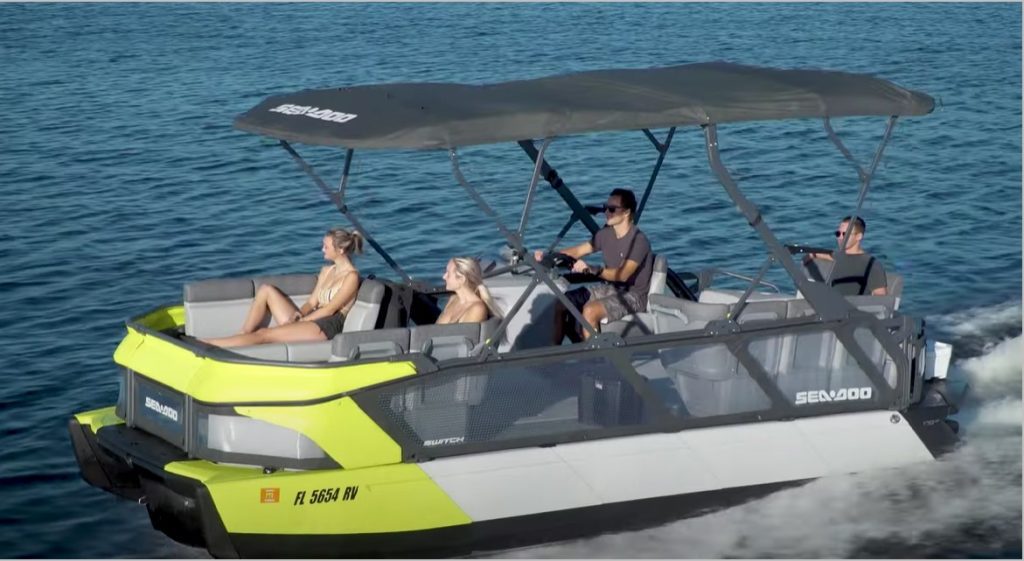Introduction: Why Knowing What a Boat Shouldn’t Do Matters
Every boater wants smooth sailing, but many make preventable mistakes that lead to accidents, breakdowns, or costly repairs. Understanding what a boat shouldn’t do is just as important as knowing proper boating techniques. Whether you’re a new captain or an experienced sailor, this guide covers the top 10 things your boat should never do—and how to avoid them.
1. Ignore Weight Capacity (Overloading)
What a boat shouldn’t do: Carry more passengers or gear than its capacity plate allows.
Why it’s dangerous:
- Increases risk of capsizing
- Reduces stability and handling
- Strains the engine and hull
✅ Fix: Always check the manufacturer’s weight limits and distribute weight evenly.
🔗 USCG Boating Safety Guidelines
2. Run Aground in Shallow Water
What a boat shouldn’t do: Speed through unknown waters without checking depth.
Why it’s dangerous:
- Can damage the hull, prop, or lower unit
- Strands you until tide rises or help arrives
✅ Fix: Use a depth finder, nautical charts, and go slow in unfamiliar areas. Lund Boats for Sale: The Ultimate Buyer’s Guide

3. Neglect Regular Maintenance
What a boat shouldn’t do: Sit unused for months without upkeep.
Common issues from neglect:
- Corroded battery
- Clogged fuel lines
- Hull blisters
✅ Fix: Follow a seasonal maintenance checklist (winterizing, engine flushes, etc.).
4. Ignore Weather Warnings
What a boat shouldn’t do: Venture out in storms or high winds.
Risks:
- Sudden waves can swamp the boat
- Lightning strikes
- Reduced visibility
✅ Fix: Always check forecasts via NOAA Weather or Windy.com.
5. Operate Without Safety Gear
What a boat shouldn’t do: Set sail without life jackets, flares, or a fire extinguisher.
Why it’s illegal (and deadly):
- U.S. Coast Guard requires safety equipment
- Increases drowning risk
✅ Fix: Keep a USCG-approved safety kit onboard.
🔗 BoatUS Safety Equipment List
6. Speed in No-Wake Zones
What a boat shouldn’t do: Ignore slow-speed areas near docks or swim zones.
Consequences:
- Fines from marine patrol
- Endangers swimmers & wildlife
✅ Fix: Learn local boating laws and respect no-wake buoys.
7. Drink and Drive (BUI Laws)
What a boat shouldn’t do: Operate with an intoxicated captain.
Why it’s risky:
- Boating Under Influence (BUI) penalties = fines/jail
- Slower reaction times increase crash risk
✅ Fix: Assign a designated driver or save drinks for dock time.
🔗 USCG Boating Under Influence Facts
8. Leave the Drain Plug Out
What a boat shouldn’t do: Launch without checking the bilge plug.
Result:
- Boat fills with water and sinks
- Costly salvage operations
✅ Fix: Make a pre-launch checklist (plug, engine, lights, etc.).
9. Forget to Ventilate Before Starting
What a boat shouldn’t do: Ignore fuel fumes in enclosed spaces.
Danger:
- Gasoline vapors can explode
- Carbon monoxide poisoning in cabins
✅ Fix: Run blowers for 4+ minutes before engine start.
🔗 USCG Carbon Monoxide Warning
10. Anchor Improperly in Current
What a boat shouldn’t do: Drop anchor without enough scope (rope length).
What happens:
- Drags anchor → boat drifts into hazards
- Can snap anchor lines
✅ Fix: Use 5:1 scope (5 ft rope per 1 ft depth).
Final Checklist: What a Boat Shouldn’t Do (Recap)
❌ Overload passengers/gear
❌ Run aground carelessly
❌ Skip maintenance
❌ Ignore weather alerts
❌ Lack safety equipment
❌ Speed in no-wake zones
❌ Operate under influence
❌ Forget the drain plug
❌ Skip ventilation
❌ Anchor incorrectly
Conclusion: Smart Boating = Safe Boating
Now that you know what a boat shouldn’t do, you can avoid these common (and costly) mistakes. Always prioritize safety, maintenance, and responsible operation—your passengers (and wallet) will thank you!
Want more tips? Visit BoatUS for expert advice.
Related Searches:
- Most common boating violations
- How to avoid engine failure on a boat
- Best safety gear for boaters
- Legal consequences of BUI
For state-specific laws, check NASBLA Boating Regulations.
